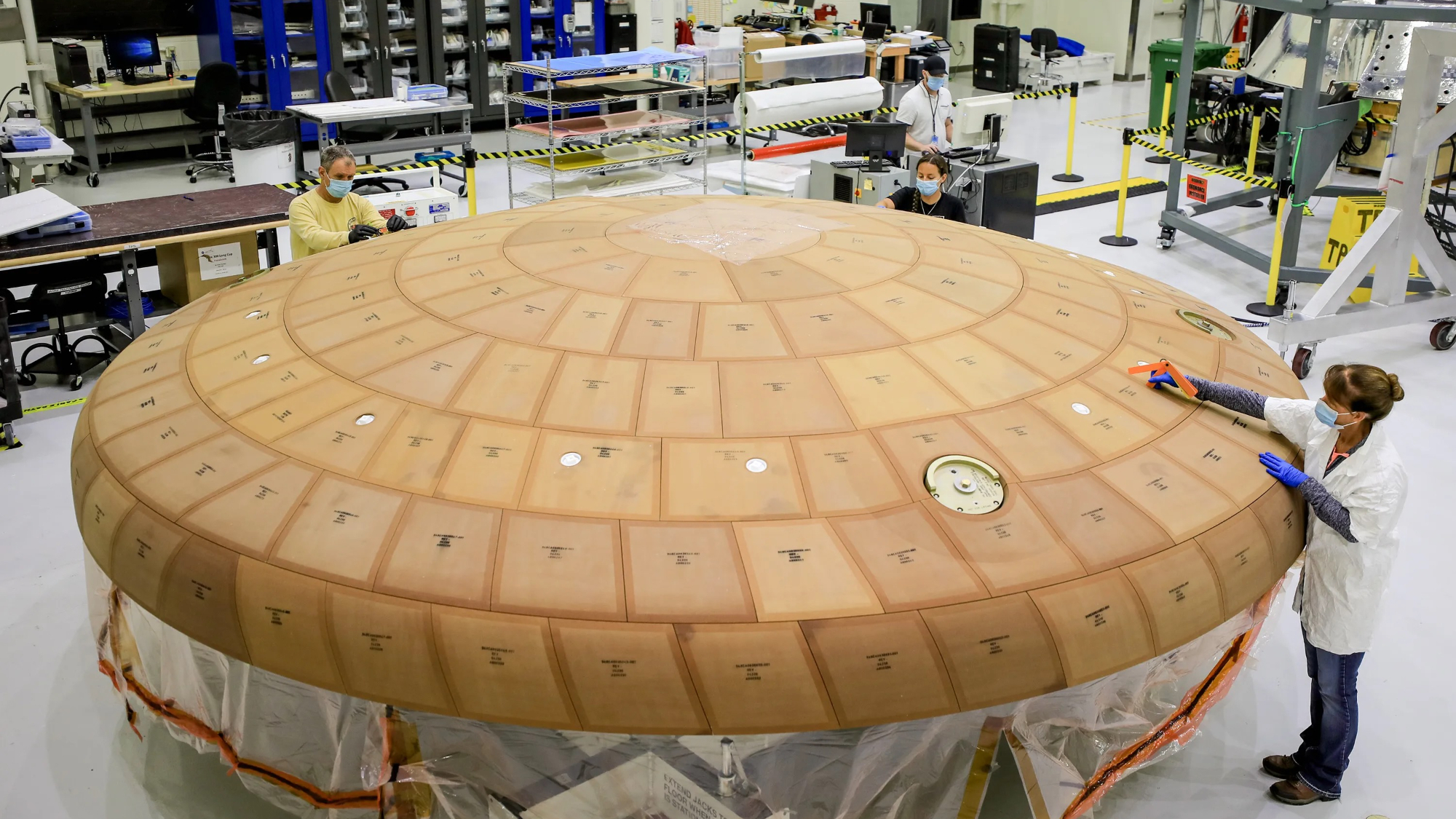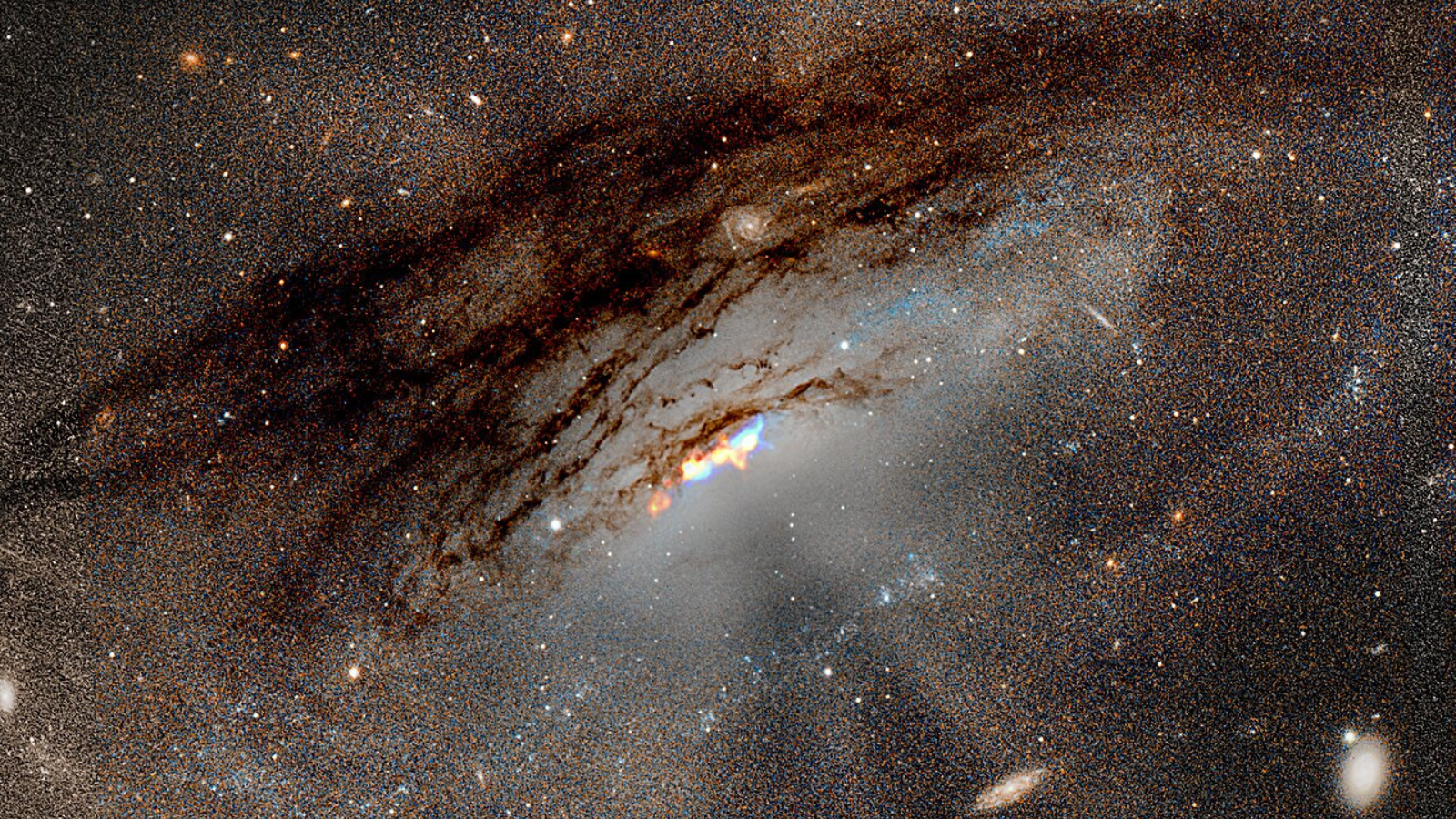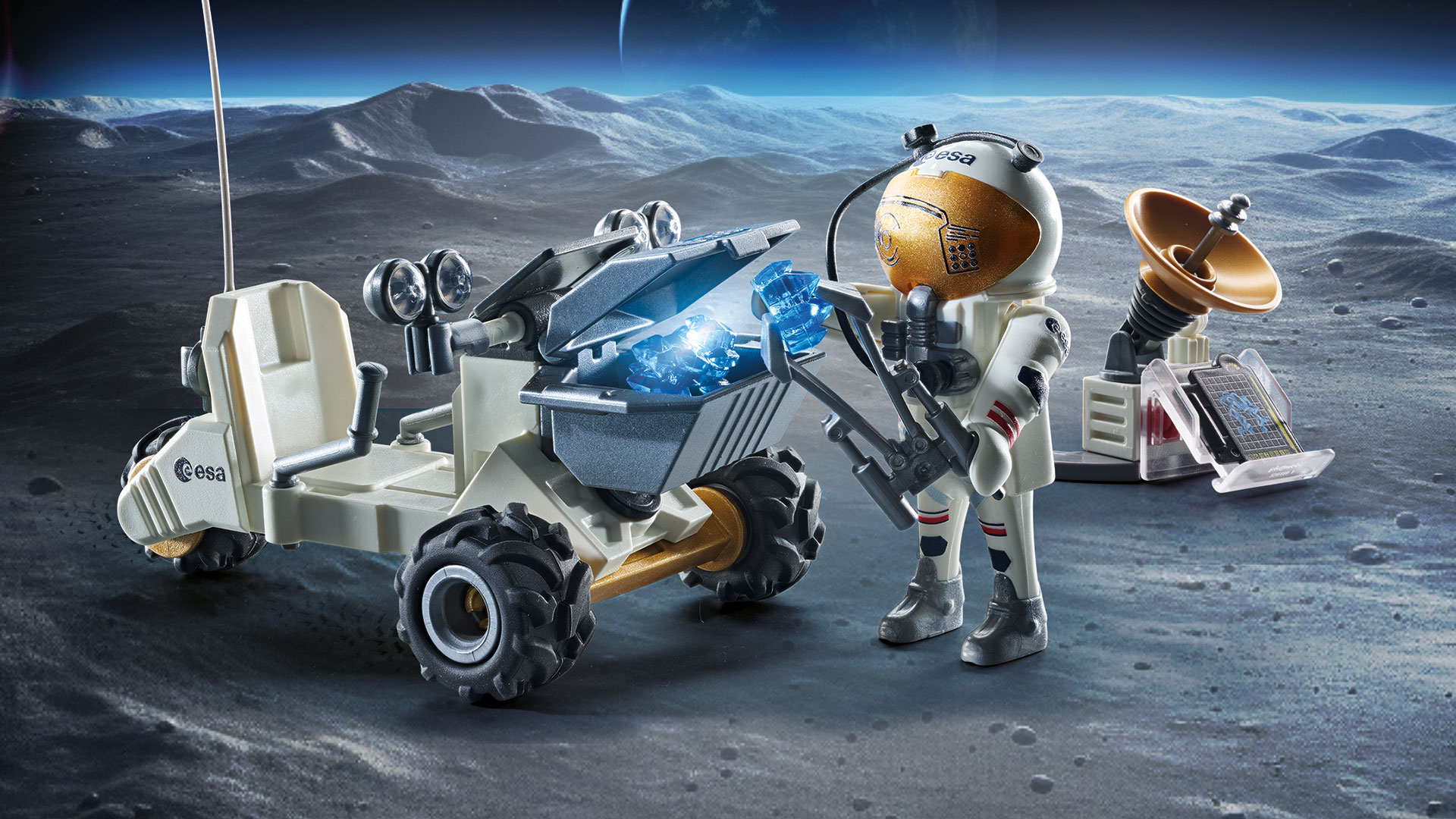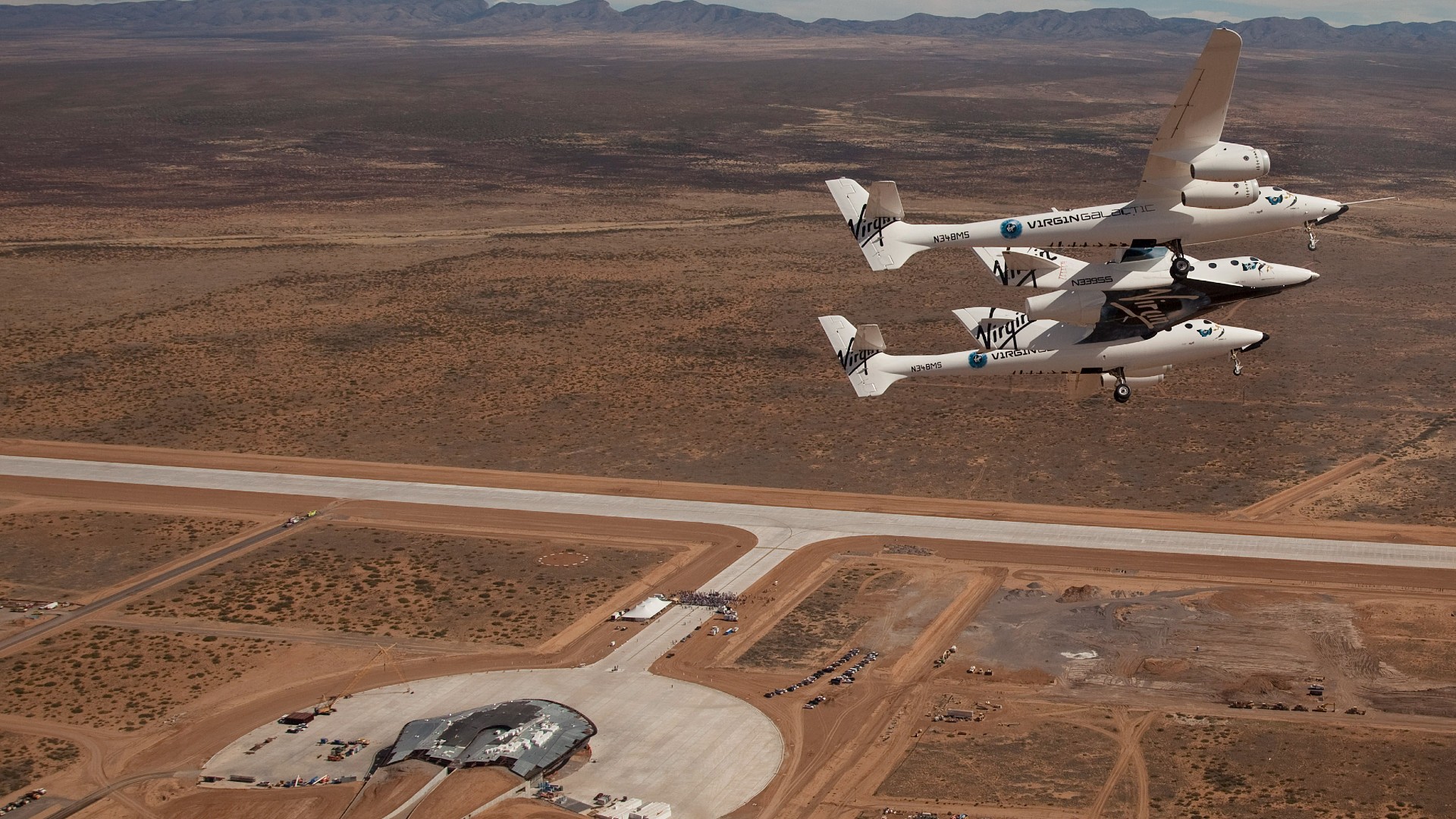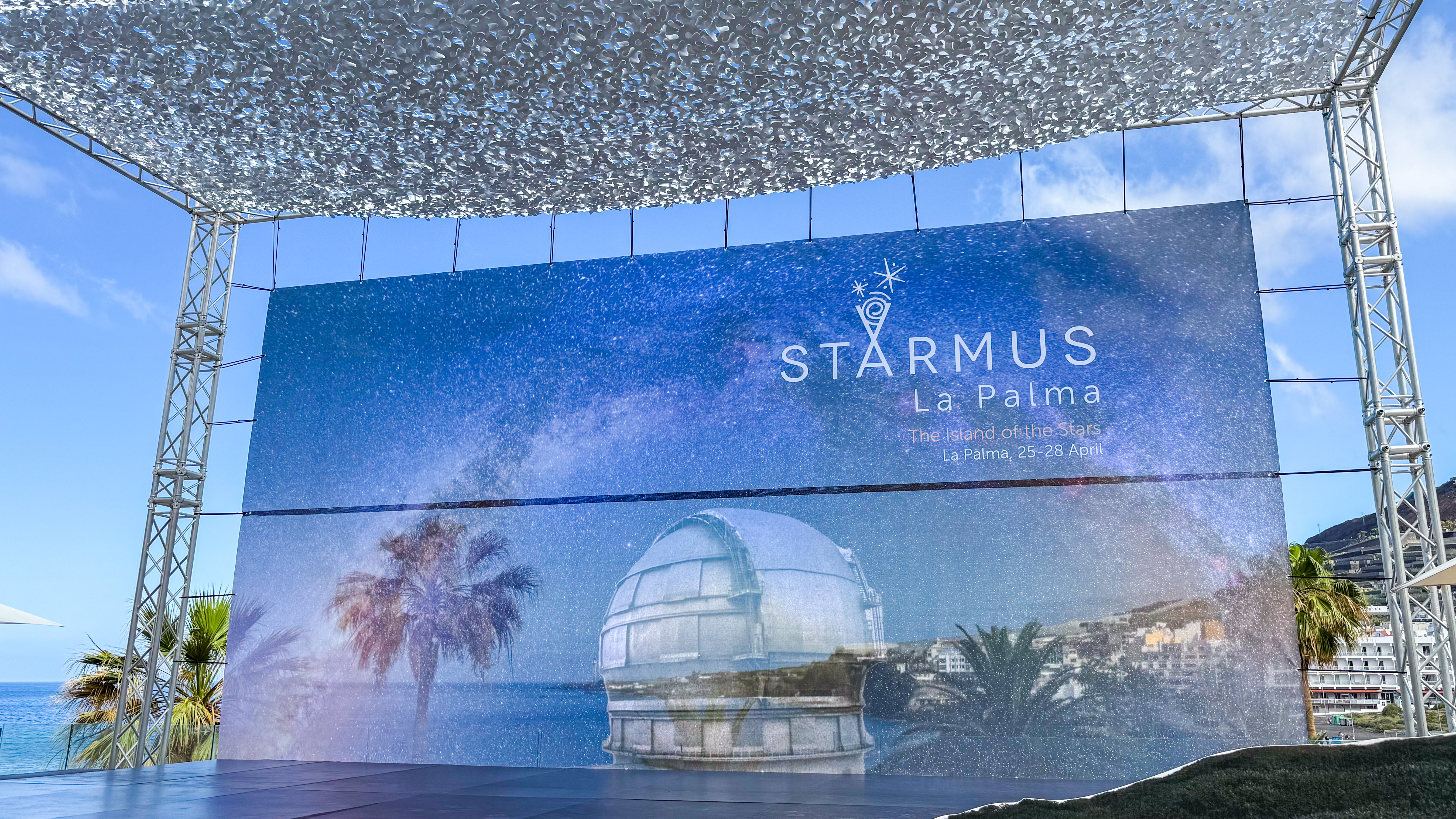Station Astronauts May Take Shelter From Space Junk
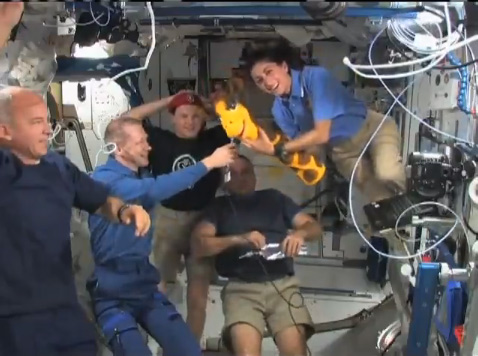
A smallpiece of space junk will fly uncomfortably close to the International SpaceStation late Friday and may force astronauts aboard the outpost to take shelterin their Russian lifeboats.
NASA?sMission Control radioed the six astronauts on the station earlier today toalert them of the approachingspace junk, which will fly within 1,640 feet (500 meters) of the orbitinglaboratory Friday night at 10:48 EST (0348 Saturday GMT).
Sending theastronauts into their Soyuz lifeboats would be a precaution only, NASAofficials said. Currently, the space junk poses no threat to the station or itscrew, they added.
?It?s pretty unusual,? said Kirk Shireman, NASA?s deputystation program manager, said of the shelter plan in an interview. ?I wouldn?tbe surprised if the need to do it for this [debris event] goes away.?
The objectis likely very small because it is difficult totrack, NASA spokesperson Rob Navias told SPACE.com. News of its closeapproach to the station came too late to steer the massive orbiting laboratoryclear using its Russian thrusters.
?We don?tknow what it is or the size,? Navias said.
Stationastronauts will find out before the end of the day today whether they?ll haveto sleep inside the two Soyuz spacecraft that serve as ferries to and from thestation, as well as lifeboats in an emergency escape. Another option is to wakeup before the space junk zooms by and then take shelter for a short while untilthe threat has passed, Navias said.
Get the Space.com Newsletter
Breaking space news, the latest updates on rocket launches, skywatching events and more!
The stationcrew is due to go to sleep at about 4:30 p.m. EST (2130 GMT).
This is notthe first time a piece of wayward space junk has come close enough to sendastronauts into their Russian lifeboats.
A closepass by an old rocket engine remnant sent three station astronauts intotheir Soyuz spacecraft earlier this year in March. Since then, however, thespace station?s crew size has doubled to six astronauts, so two Soyuz vehiclesare currently docked to the station.
NASA also delayedthe departure of a Japanese cargo ship from the space station last weekbecause of a space debris threat.
The spacestation is currently home to two Americans, two Russians, a Canadian andBelgian astronaut Frank De Winne of the European Space Agency, who commands theteam?s Expedition 21 mission.
NASA typicallyprefers to move the space station when the odds of a space debris impact arewithin a 1-in-10,000 chance. Astronauts take shelter when debris is expected tofly within a so-called ?red zone? and the space station doesn?t have time tododge, Shireman told SPACE.com
There isalso a box-like buffer around the station that mission managers prefer to keepfree of any debris. That safety zone extends about 15 miles (25 km) around thespace station, as well as about a half-mile (0.75 km) above and below it. Thestation flies in an orbit about 220 miles (354 km) above Earth at a speed ofabout 17,500 mph (28,163 kph).
But adebris avoidance maneuver ? as dodging space junk is known at NASA ? can takedays to plan. The space station?s Mission Control team did not have that timebecause of the short lead time, Navias said.
Spacedebris has been a growing threat for manned spacecraft and other satellites inorbit today.
Thecollision between twocommunications satellites earlier this year brought the issue to theforefront. It, as well as China?s intentional destruction of a satellite duringa 2007 anti-satellite test, have sparked a renewed push to better track, andpossibly reduce, the more than 20,000 pieces of space junk currently watched byvarious agencies.
- Orbital Debris Cleanup Takes Center Stage
- SPACE.com Video Show - Inside the International Space Station
- Video - The Expanding Danger of Space Junk
Join our Space Forums to keep talking space on the latest missions, night sky and more! And if you have a news tip, correction or comment, let us know at: community@space.com.

Tariq is the Editor-in-Chief of Space.com and joined the team in 2001, first as an intern and staff writer, and later as an editor. He covers human spaceflight, exploration and space science, as well as skywatching and entertainment. He became Space.com's Managing Editor in 2009 and Editor-in-Chief in 2019. Before joining Space.com, Tariq was a staff reporter for The Los Angeles Times covering education and city beats in La Habra, Fullerton and Huntington Beach. In October 2022, Tariq received the Harry Kolcum Award for excellence in space reporting from the National Space Club Florida Committee. He is also an Eagle Scout (yes, he has the Space Exploration merit badge) and went to Space Camp four times as a kid and a fifth time as an adult. He has journalism degrees from the University of Southern California and New York University. You can find Tariq at Space.com and as the co-host to the This Week In Space podcast with space historian Rod Pyle on the TWiT network. To see his latest project, you can follow Tariq on Twitter @tariqjmalik.
